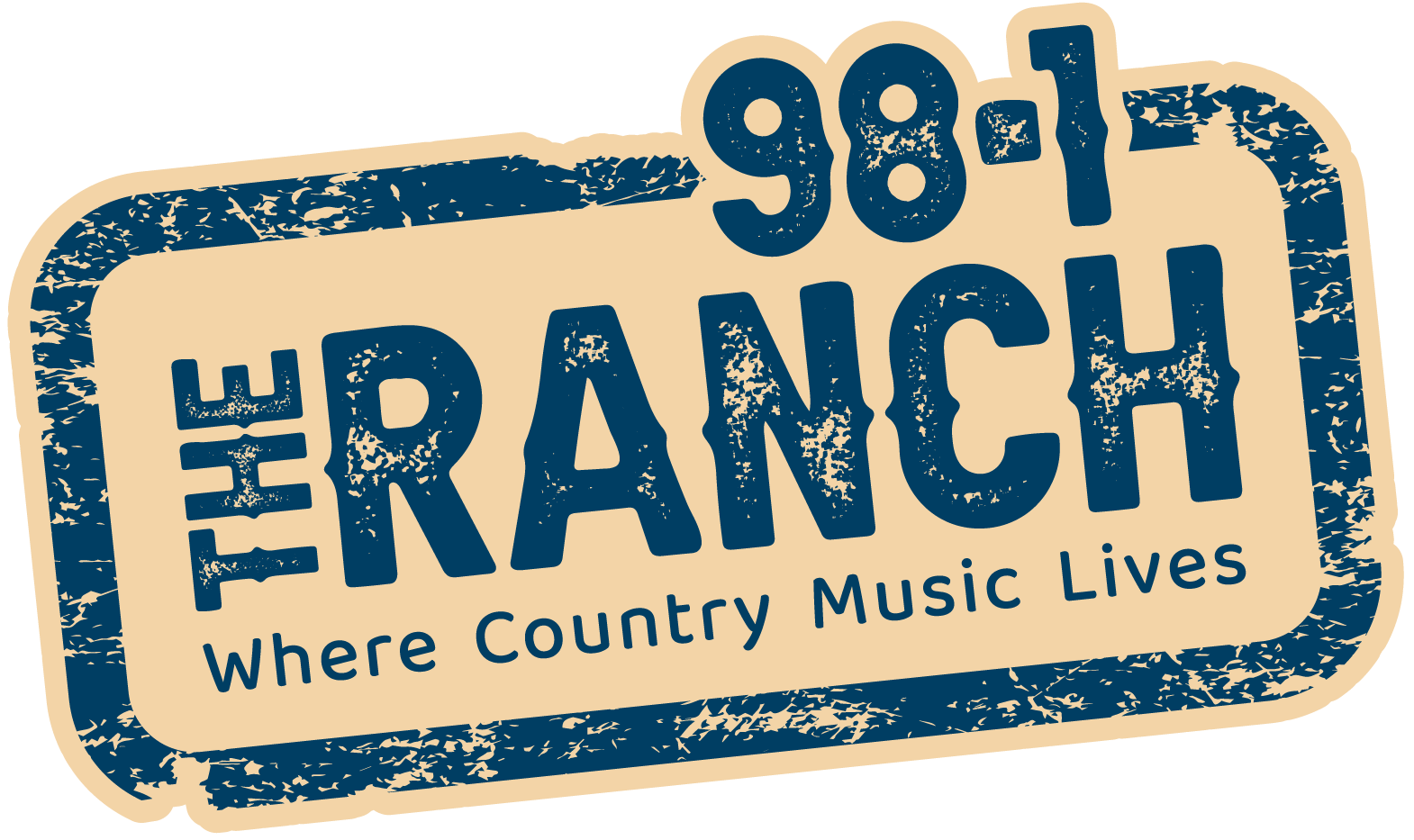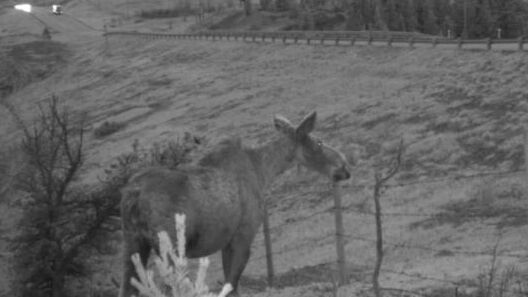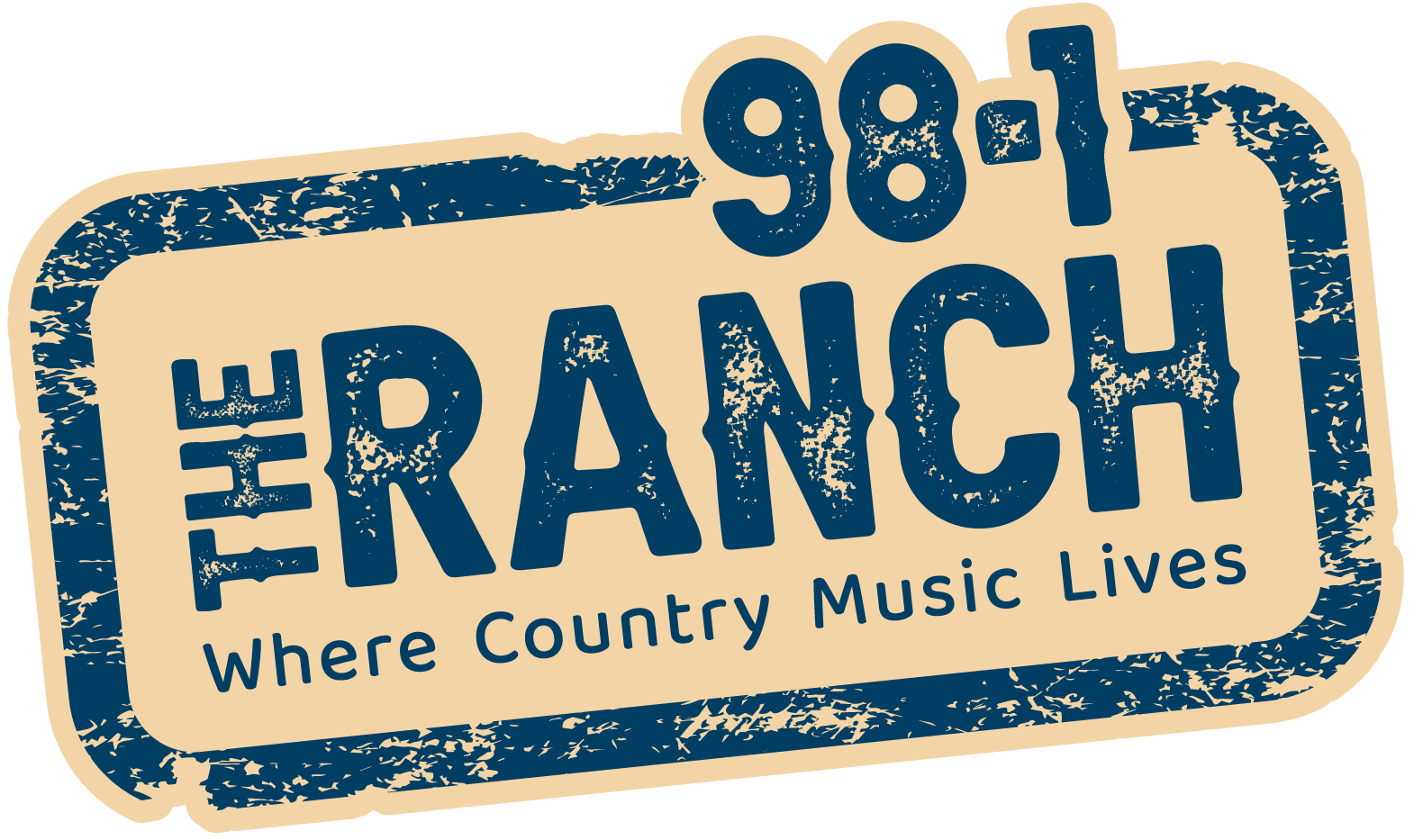Researchers from universities, government and conservation organizations have launched a new initiative to track grizzly bears, elk and deer along Highway 3 in southwest Alberta — a key wildlife corridor and a hotspot for animal-vehicle collisions.
Using satellite collars and remote cameras, the team is gathering data on how wildlife move across the landscape to help inform new wildlife crossings along Highway 3, aimed at making the road safer for both animals and people.
Highway 3 connects Crowsnest Pass or the communities of Coleman, Blairmore, Frank, Hillcrest and Bellevue.
But this area is also home to important wildlife. To fix this, Alberta Transportation and Economic Corridors is building special wildlife crossings along Highway 3. These include overpasses and underpasses that animals can use to safely cross the road, along with fencing, retrofitted culverts and special escape ramps.
A similar system has been used along Highway 1 for many years and has reduced animal-vehicle collisions by over 80 per cent and helped hundreds of thousands of animals move safely across the road.
“Conserving land along the Elk Valley and Crowsnest Pass corridor is essential for sustaining healthy populations of the mountain wildlife we cherish, but it’s only part of the solution,” says Nature Conservancy of Canada Alberta Regional Vice-President Tom Lynch-Staunton.
Building effective wildlife crossings is crucial to keeping conserved habitats connected and helping animals move safely across the landscape, Lynch-Staunton notes.
So far, 80 motion-sensitive cameras have been set-up and stakeholders have fitted 20 elk, nine mule deer and eight grizzly bears with satellite collars. These collars track how the animals move across the landscape, both day and night, and in different seasons.
This information builds on prior work in the area and helps researchers understand how the new crossings affect animal movement — and will help make roads safer for everyone.







